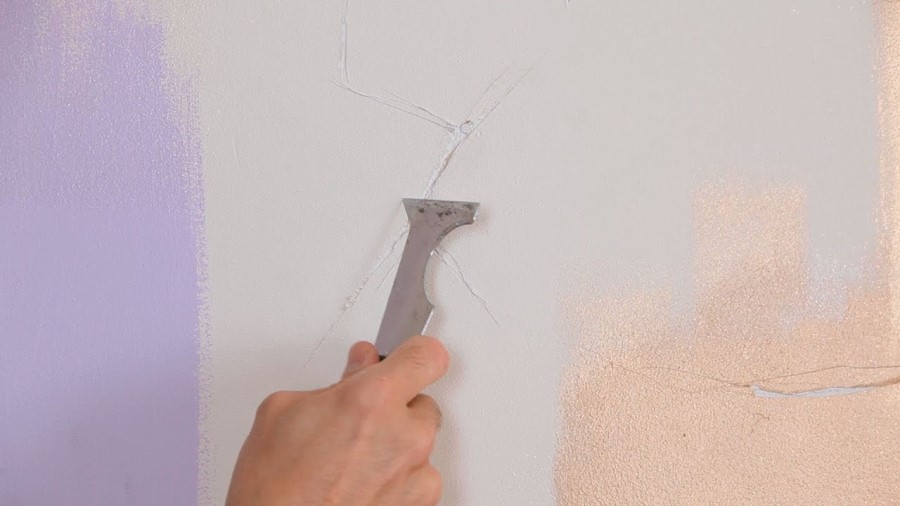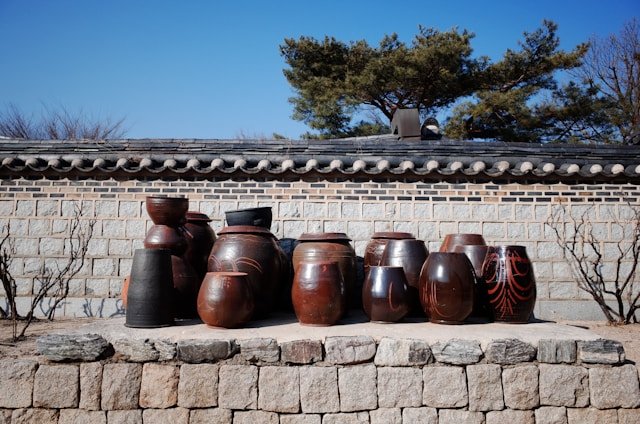
If we are constructing a house or any other structure by using plaster or any other high-quality material, we should not exceed the limit of applying pressure on the material. If we apply excessive pressure on plaster or any other material, cracks will begin to develop in that surface, and the quality and safety of the whole structure will reduce. There are multiple factors which cause cracks in the plaster.
Cracks Due To Climate Changes
Out of multiple reasons, the changes in seasons and weather are the main reasons which cause cracks in plaster. When a season is changing from cold to hot or otherwise, the ratio of moisture increases in air. Plaster absorbs this moisture out of the air, and that causes cracks in plaster.
If we talk further about the climatical reasons for crack, it depends upon the property of the material. A plaster material can have the cracks if it faces high temperature and few materials can have cracks due to cold temperature.
Fresh Plaster Cracks
Sometimes, the volume of the paster can reduce, and that can create cracks in the surface of plaster. These type of cracks only appear in fresh plaster, as water evaporates from fresh plaster and cracks can form.
Cracks Due To Poor Construction
Cracks can also form due to poor construction or lack of plastering knowledge. Sometimes, the contractors construct a structure by leaving an intentional flaw as well so they can reduce the pace of the work or can save the material. If you apply plaster without adequately preparing the background surface, a crack will appear on that plaster. If a worker applies a thick coat on an uneven surface to avoid the hard work of smoothing the surface, the crack will appear in the surface.
Cracks Due To Corrosion
In our homes and other structures, we embed reinforcements in the concrete to have the best performance. However; sometimes, low-quality concrete allows the moisture to penetrate. As moisture enters the surface, it reacts with cement and breaks the protective layer. As the moisture breaks the protective layer, it leads to corrosion. Corrosion increases the total volume of the plaster and cracks appear on the surface.
Cracks Due To Foundation Movements
Geologists explain that sometimes soil near the foundation of any structure can go through drying and wetting process very quickly. Further; the soil near the foundation can shrink and swell as well. Both of the processes cause a movement in the foundation of a structure.
The movement of the foundation can result in cracks. It is a typical process that design engineers follow the low safety factor while making the design of a house. The low safety factor value should be lower than 1.2. If a designer is not following this factor, it can also result in cracks.
Every structure, building or a house has a limit of movement in the foundations. The most significant cause of a movement in the foundation is a natural disaster like earthquakes, hurricane, flood, etc. If any natural disaster moves the foundation more than the maximum value, cracks can appear on the surface of the building.
Although there are different ways of preventing these cracks and we can have a detail conversation on this topic as well. However; the initial step that we can take is using a Polished plaster. Various plasters are available in the market, and some companies provide plastering services. You may want to check Evoke polished plastering, an experienced plastering provider which has more than 20 years of worker’s experience.






